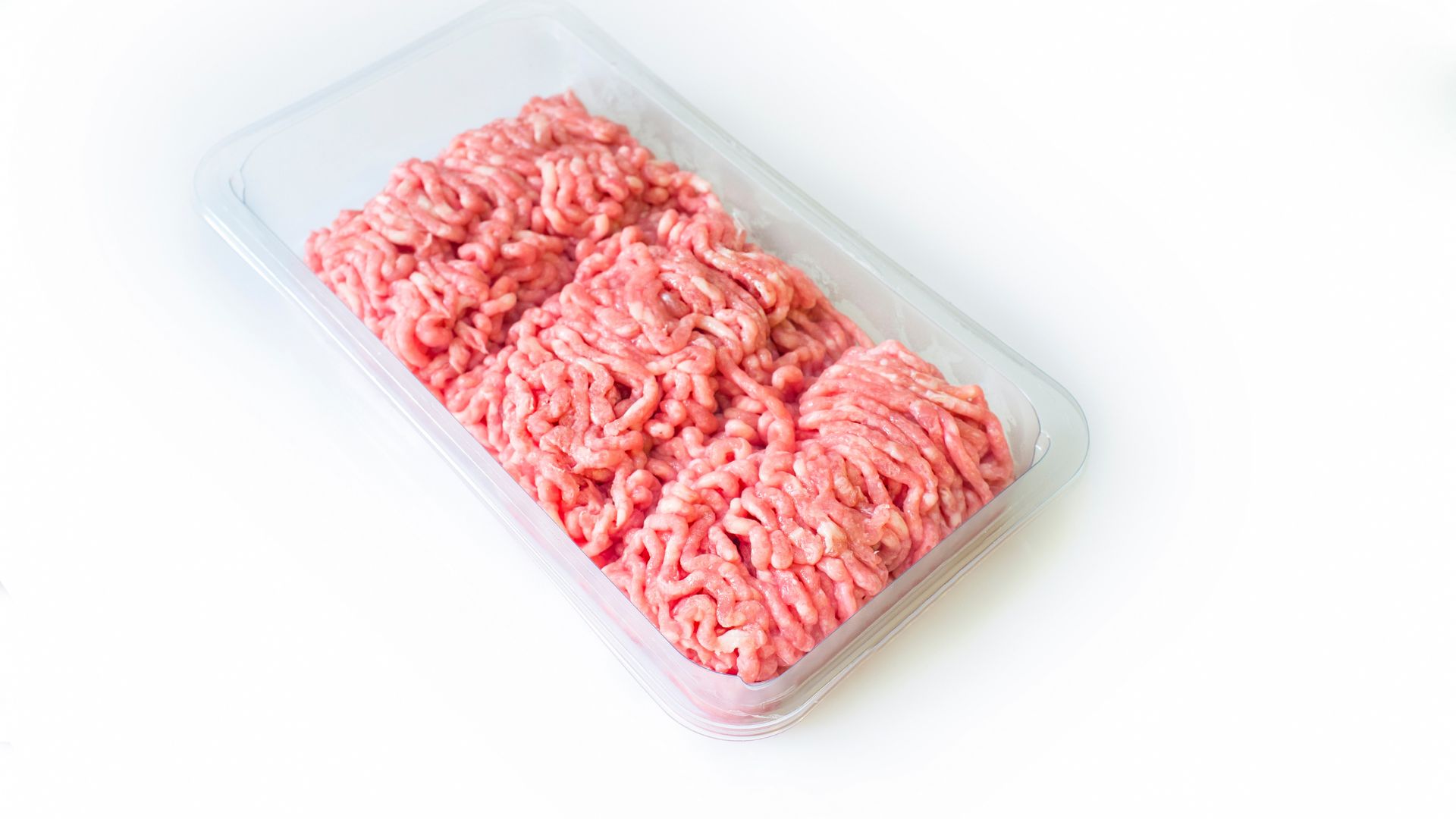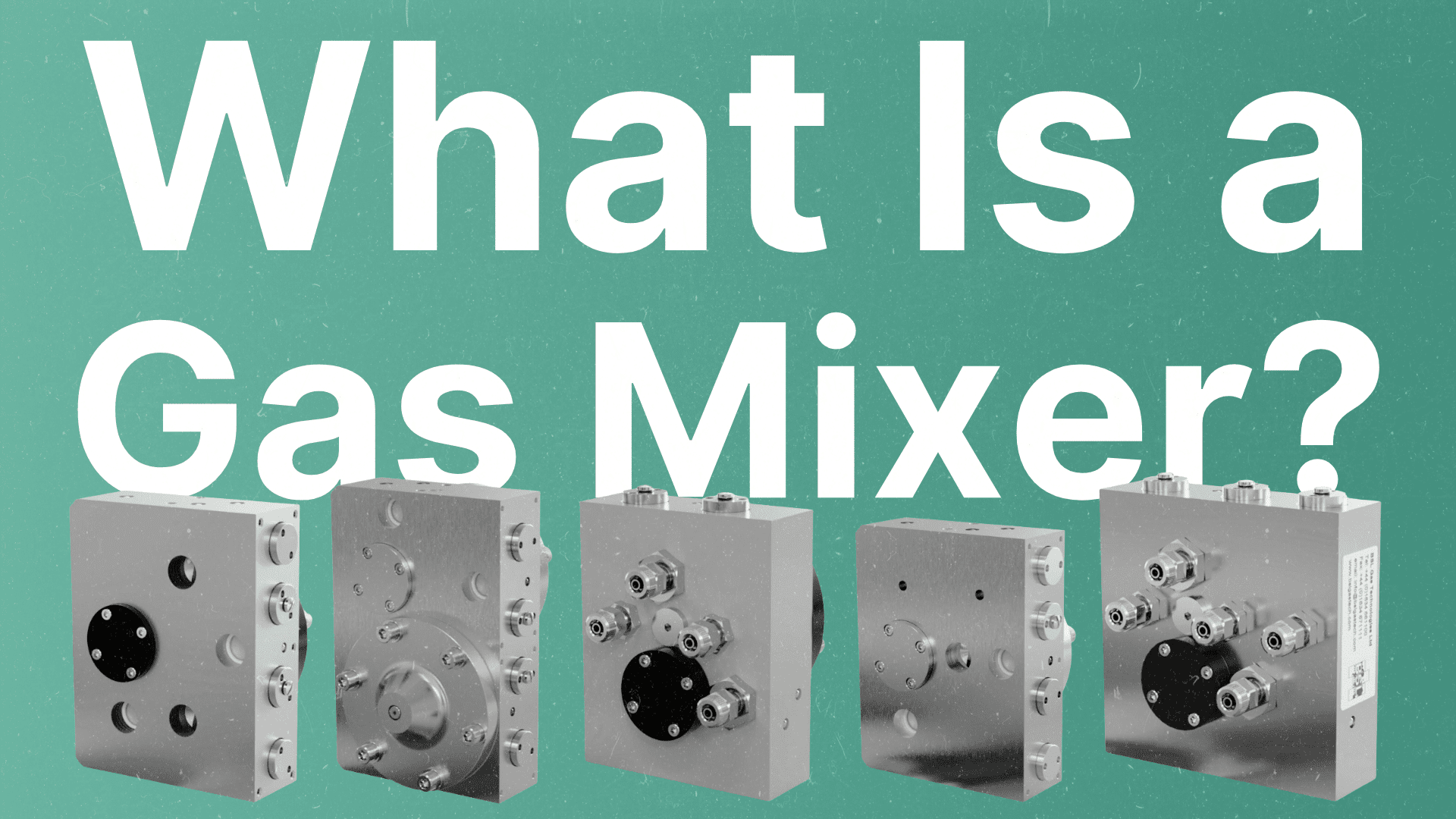Unexpected items in the bagging area
Achieving success in food packaging requires careful consideration and planning, from sourcing ingredients to the final packaging method. You’ve put a lot of time and effort into your food manufacturing process. You’ve sourced your ingredients, prepared and processed them to your own high standards and those of your industry and now you’ve reached the final hurdle – getting them into the hands of your customers in perfect condition and presented in the best possible way to help you stand out from every other product on the shelves. Packaging design is a critically important part of this, it’s your brand’s message and your differentiator, but it can also be a highly technical challenge too. Modified Atmosphere Packaging (MAP), sometimes known as gas flushing, is one way of protecting and prolonging the shelf life of a huge variety of food items.
Mixed gas in food packaging
Air is all around us and many living things need it to survive, but in contact with food it can allow some undesired processes to take place. Air itself is a mixture of gases, mostly Nitrogen and Oxygen. Nitrogen is inert, it doesn’t easily react chemically and in a biological sense it doesn’t promote the growth of aerobic bacteria, yeasts or moulds that exist in the food, in Air and all around us. Nitrogen can almost be thought of as a gaseous void filler and is sometimes used in pure form to provide mechanical protection for fragile items like potato crisps. Oxygen on the other hand can interact chemically with the food, Changing the appearance or causing fats and oils to turn rancid. It also provides a supportive environment for aerobic life to thrive.
If Air is a gas mixture that has some unfortunate properties, then replacing it with mixtures of other, more beneficial gases that can help to prolong the shelf life and maximise profit for retailers is a logical solution, and that’s MAP. Common choices for MAP gases are mixtures of Carbon Dioxide and Nitrogen or Carbon Dioxide and Oxygen. Carbon Dioxide prevents bacteria and fungi from reproducing and reacts with water to form carbonic acid. This mild acidity has a preservative effect on the food. Oxygen makes another appearance, this time in a positive light. With Carbon Dioxide keeping a lid on unwanted bacterial and fungal growth, the ability of Oxygen to keep good colouring in red meats can shine through.
In terms of supply modes, MAP gases optimised for specific foods are available pre-mixed in cylinders from all the major industrial gas companies, and for larger food processors gas mixing on site is an option. This can add a further layer of flexibility by allowing you to adjust the MAP gas mixture to suit the unique characteristics of your own products or even to easily allow your existing machines to handle products with differing in-house or retailer MAP specifications.
Now for the mystery – how can the gas mixture measured in the pack sometimes not match the mixture provided by the supply system? Maybe your gas analyser shows the Carbon Dioxide – Nitrogen mixture you expect to see, but somehow there is also Oxygen? Maybe some of the Carbon Dioxide you know is going into the pack has ‘disappeared’? It’s of course well known that some foods will absorb an amount of Carbon Dioxide over time, but if you are seeing problems with packs fresh off the machine, then there may be something else going on. Before delving any further, the first thing to do is to be sure of your gas analysis from the pack. When was your gas analyser last calibrated? Do you have a certified close-tolerance calibration gas at the correct mixture on site that you can check the gas analyser against? If the analyser checks out ok, then the next question to ask is how can the MAP gas mixture change? Quite often, the answer is that the Air you have tried so carefully to exclude is somehow finding its way into the packs anyway.
There are some potential causes that are more obscure than others. In the past we have seen cases of foods that have natural internal cavities, for example prepared whole fish, trapping air inside those cavities as they are packed, which is then released into the pack environment contaminating it with Air. Packing machines often have internal buffer tanks that are replenished between cycles from the wider gas supply system in the factory. Sometimes despite nominally being at a pressure much higher than the surroundings, a leaking pipe can suck in Air if the gas inside the pipe moves at high velocity, for example when re-filling a buffer tank. Probably the most common place for Air to get in though is during the packing cycle on the machine itself.
Think of it this way: your packing machine has a few seconds within the packing cycle to displace as much Air as it can by injecting your chosen MAP gas. There just isn’t time for that to happen 100% perfectly, so it’s not so much that Air is getting in, more that it is simply not getting removed in the first place. We might call this the Gas Purge Efficiency of the packing machine, something that can be certainly optimised by adjusting the machine cycle but is unlikely to ever be perfect.
Let’s look at an example, suppose your MAP gas mix was 30% Carbon Dioxide in Nitrogen. Remember that gas mixtures have tolerances too, but for this example let’s assume it’s perfect. Despite what we know the MAP gas mix to be, your calibrated gas analyser shows a mixture of about 2.1% Oxygen, 27.3% Carbon Dioxide and the remainder Nitrogen in the packs themselves. What’s going on?
The composition of mixed gases is conventionally described on a volume basis, so we could instead think of the percentages as some unit of volume instead; a litre or a teaspoon, it doesn’t matter if they are all the same. We know our mixed gas is 30 ‘volumes’ of Carbon Dioxide and 70 volumes of Nitrogen, but our analyser can only see a Carbon Dioxide percentage of 27.3%, so there must be more than 100 volumes of some combination of gases in our pack. If we divide the known volume of Carbon Dioxide by its percentage in the pack atmosphere (30/27.3), we learn that there are 1.098 x the number of gas volumes in the pack than we thought. This means we have 100 volumes from our MAP gas, and about 10 volumes of some other gas. The first suspect is going to be Air that hasn’t been flushed out by the packing machine or was trapped internally in the food as it was packed.
As a check, what can we learn from the Oxygen that has been detected by the analyser? As mentioned above, Air is a mixture of gases, and that mixture is fairly constant. Near sea level, dry Air is 20.95% Oxygen, 78.08% Nitrogen and the last 0.97% or so is made up of Argon and a handful of other gases in amounts so tiny we don’t really need to consider them. If the pack mix has 2.1 volume units of Oxygen, and Air is 20.95% Oxygen, then (20.95/2.1) we see again that we must have about 10 units of Air.
We could say that our hypothetical packing machine has a Gas Purge Efficiency of 91% as it leaves 10 units of Air behind for every 110 total gas units in the finished packs.
The same kind of analysis can be applied to Carbon Dioxide – Oxygen mixtures for packing red meats. If there is more Oxygen and less Carbon Dioxide than you expect to find in the packs fresh off the machine, go looking for Air!
Can this be improved? This probably depends on the control system and design of the packing machine itself – maybe the purge time or purge flow rate can be increased slightly, or maybe the machine would benefit from some maintenance intervention or recalibration if this is a new package size? Another approach, if the Oxygen is at or below your accepted tolerances and you just need to get a bit more Carbon Dioxide into the packs is to simply increase the Carbon Dioxide component of the MAP gas at source until you get where you need to be. A common starting point is to increase the Carbon Dioxide component to nearer 33%, giving closer to a perfect 30% in the pack in the worked example above.
In all cases, your food packing machine manufacturer and your gas mixing equipment supplier will be glad to help you resolve these issues.




